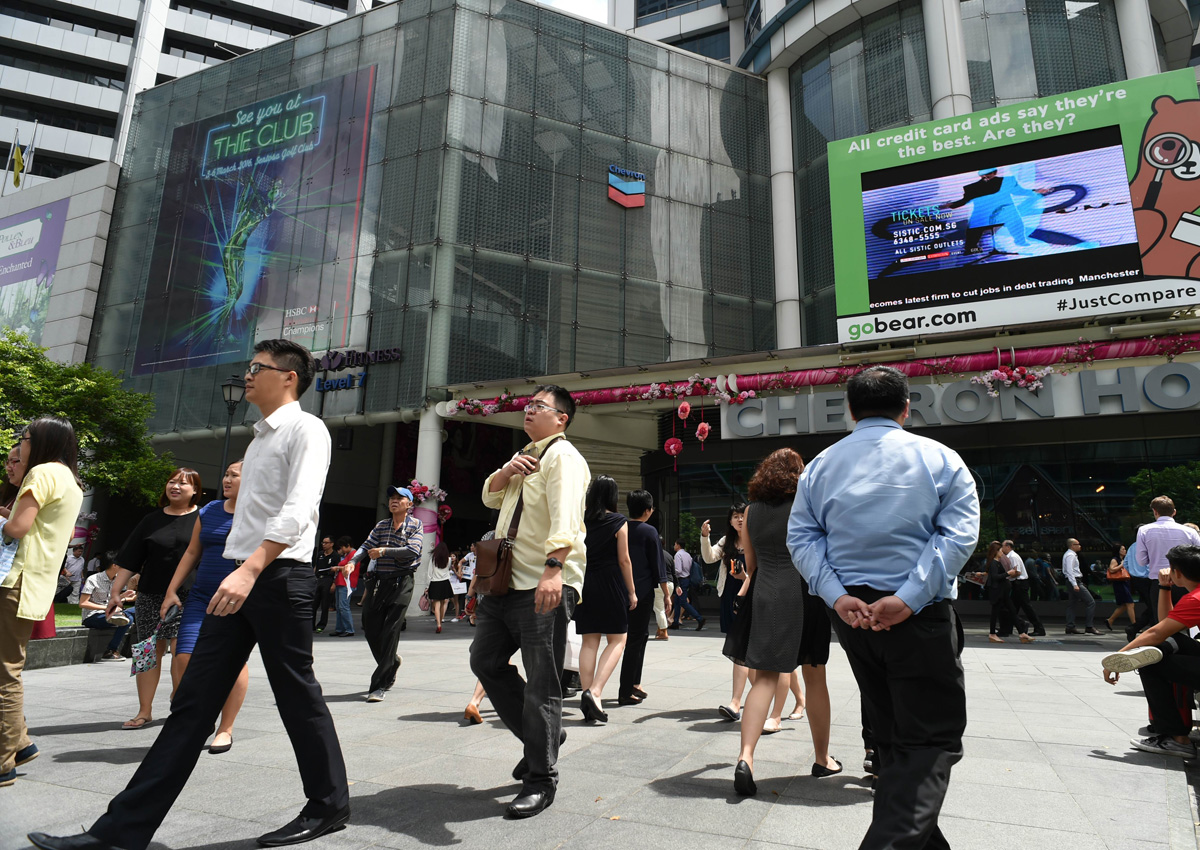MORE people are remaining in the workforce beyond the official retirement age of 62, and the recontract age of 65.
More than 40 per cent of people aged 65 to 69 were still working last year, compared with just 24 per cent in 2006, according to the Ministry of Manpower (MOM).
Government policies, a tight job market and a rise in life expectancy and healthy years are among the factors for the spike.
Take the requirement for firms to re-hire workers aged 62 to 65. Senior Minister of State for Health Amy Khor, who is on the Ministerial Committee on Ageing, said: “Nearly all who approached 62 are offered re-employment.
“Most do not suffer any cut to their basic pay if they continue on the same job with the same job scope and responsibilities.”
In 2014, 98 per cent who continued working beyond age 62 did not suffer any basic wage cut, with about 10 per cent earning higher wages.
Life expectancy here has been going up by about three years every decade. In 2014, it was 801/2 years for men and 84.9 years for women.
As people live longer, they worry if they have enough for retirement, said David Ang, director of consultancy Human Capital Singapore.
With income, they remain financially independent and do not have to rely on children.
This boosts self-worth.
Many also realise that working even part-time keeps them socially and mentally engaged, said Singapore Management University’s labour economist Hoon Hian Teck.
Most employed Singaporeans and permanent residents over age 60 work as cleaners, labourers, machine operators, and service and sales workers, according to MOM statistics last year.
The Government has also made it more affordable for companies to hire older workers, Prof Hoon said.
Government subsidies for firms that hire workers aged 65 and above “send the message that companies can productively hire (seniors) in an increasingly labour-scarce economy”, he added.
The Workfare Income Supplement, introduced in 2007, has also helped older, low-wage workers.
Labour economist Walter Theseira at SIM University said: “Income for older workers are higher now than they were in the past.”
According to MOM, the median gross monthly income for resident workers 60 years and older increased from $1,160 in 2006 to $2,000 last year.
Because of the tight job market, employers have “to seriously consider older workers” as it is getting harder to employ foreigners, said Prof Theseira.
Last year, one in four people aged 65 and above was employed.
In 2006, this was 13.8 per cent. Mr Ang predicts that, by the next decade, the employment rate for senior citizens “will hit 30 per cent easily”.
With the changing demographics, firms have to adapt to remain productive.
Jobs are being redesigned and more firms look to offer more senior-friendly workplaces, he said. “The trend is to reduce fatigue while maintaining productivity.”
Cleaner Lee Kiong Mei, 67, a widow who has been at her job for five years, said it gives her purpose and makes her feel financially independent.
She said:”My children have their own families and living expenses can be expensive.
“Besides, I am happy at my job.”
salma@sph.com.sg
awcw@sph.com.sg

Get MyPaper for more stories.






